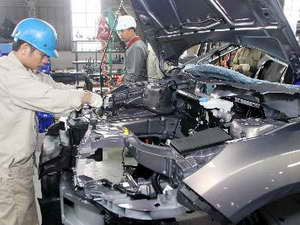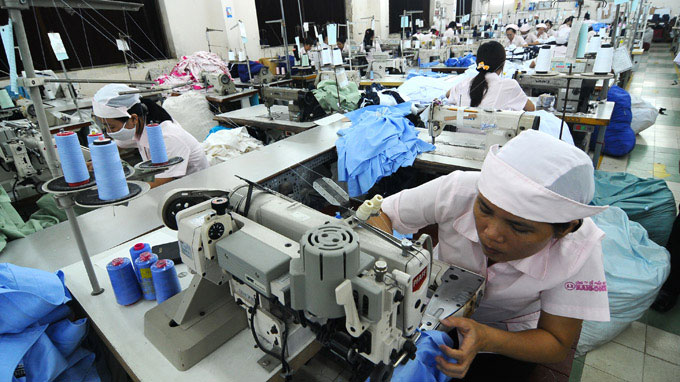
Results of the 12th quarterly EuroCham Business Climate Index (BCI) survey, conducted in August 2013 and released recently, show that business confidence and outlook among European businesses in Vietnam remains unchanged from last quarter -stagnating at the midpoint...
Results of the 12th quarterly EuroCham Business Climate Index (BCI) survey, conducted in August 2013 and released recently, show that business confidence and outlook among European businesses in Vietnam remains unchanged from last quarter -stagnating at the midpoint.
51% of the surveyed European businesses believed that business environment and economic development prospect in medium and long terms will be improved while the figure was only 30 – 43% in the first and second quarters. The European businesses’ positive outlook to Vietnam’s economy accounts for the 20% year-on-year increase in their investment in Vietnam
Also according to the survey, 61% of the businesses expected that revenue in Vietnam will rise. Besides, fear of inflation levels have dropped by 6% in comparison with the same period last year. The surveyed businesses forecast the country’s inflation will be kept at 5.94%.
 |
| Illustration |
Following the turn-around of the Business Climate Index over the past two quarters, the BCI has now come to a halt at the midpoint. This is to a large extent due to the reduction in respondents assessing their current business situation as positive - from 43% to 38% -, which is further strengthened by the increase in respondents having a negative view of the current situation from 25% last quarter to 28%.
EuroCham Chairman Preben Hjortlund commented on the survey: “It is thought-provoking to see that EuroCham’s Business Climate Index has not continued to increase – and stagnates at the midpoint. Even if many of our members are here for the long haul, it is interesting - and worrying - to see that so many of the respondents perceive other ASEAN markets as potential better business destinations. This further underlines the importance of Vietnam continuing and intensifying the efforts to improve the underlying structural problems of the economy as well as ensuring a strong and well-implemented.”
T.T










